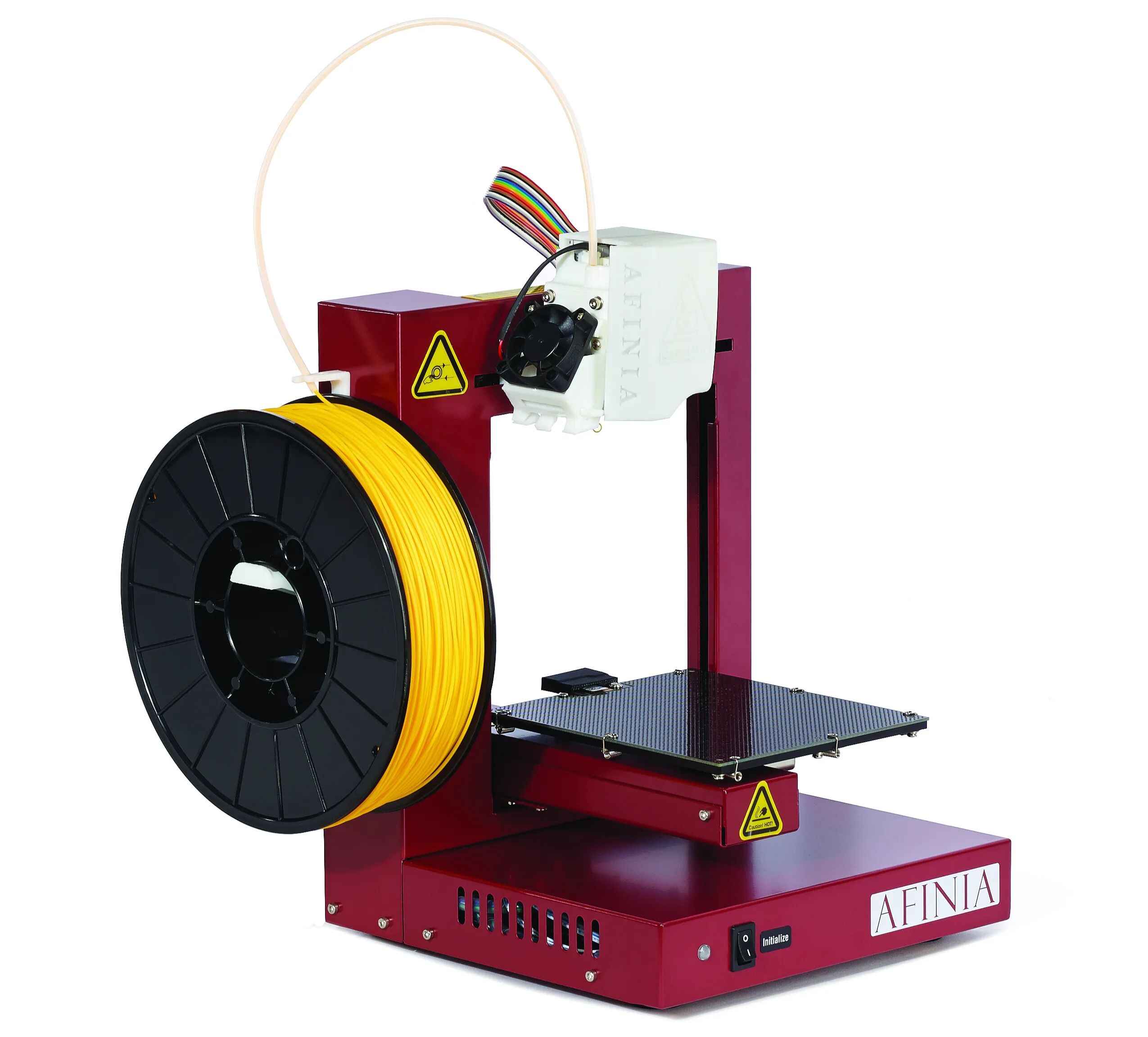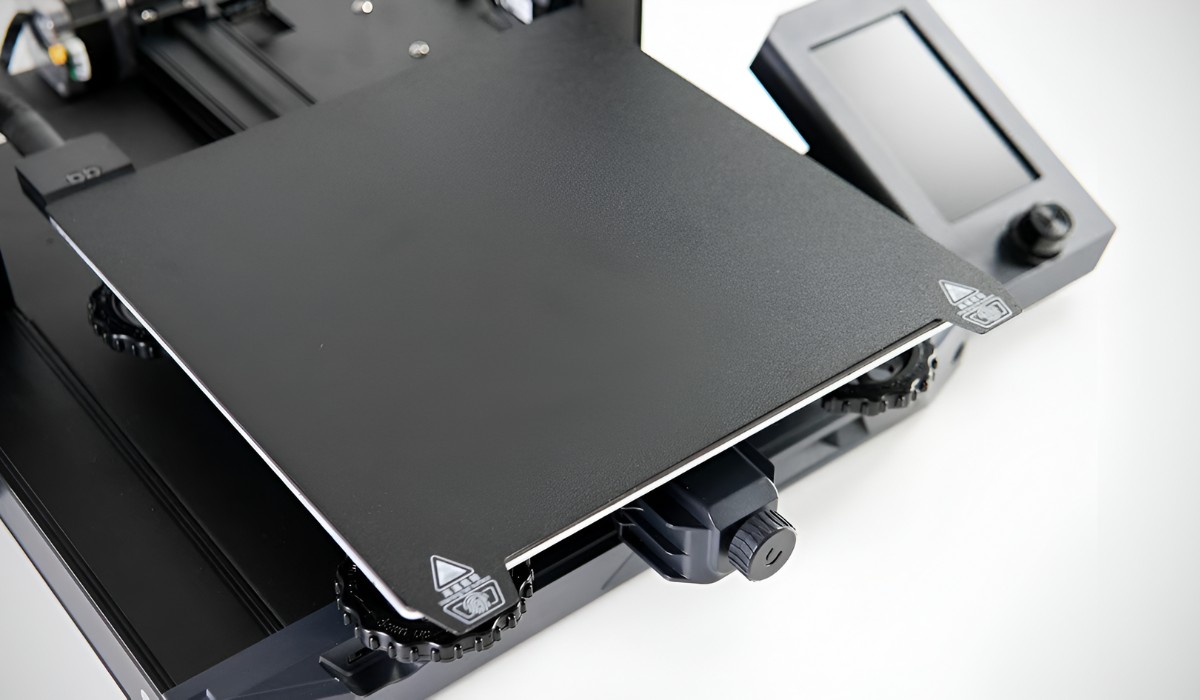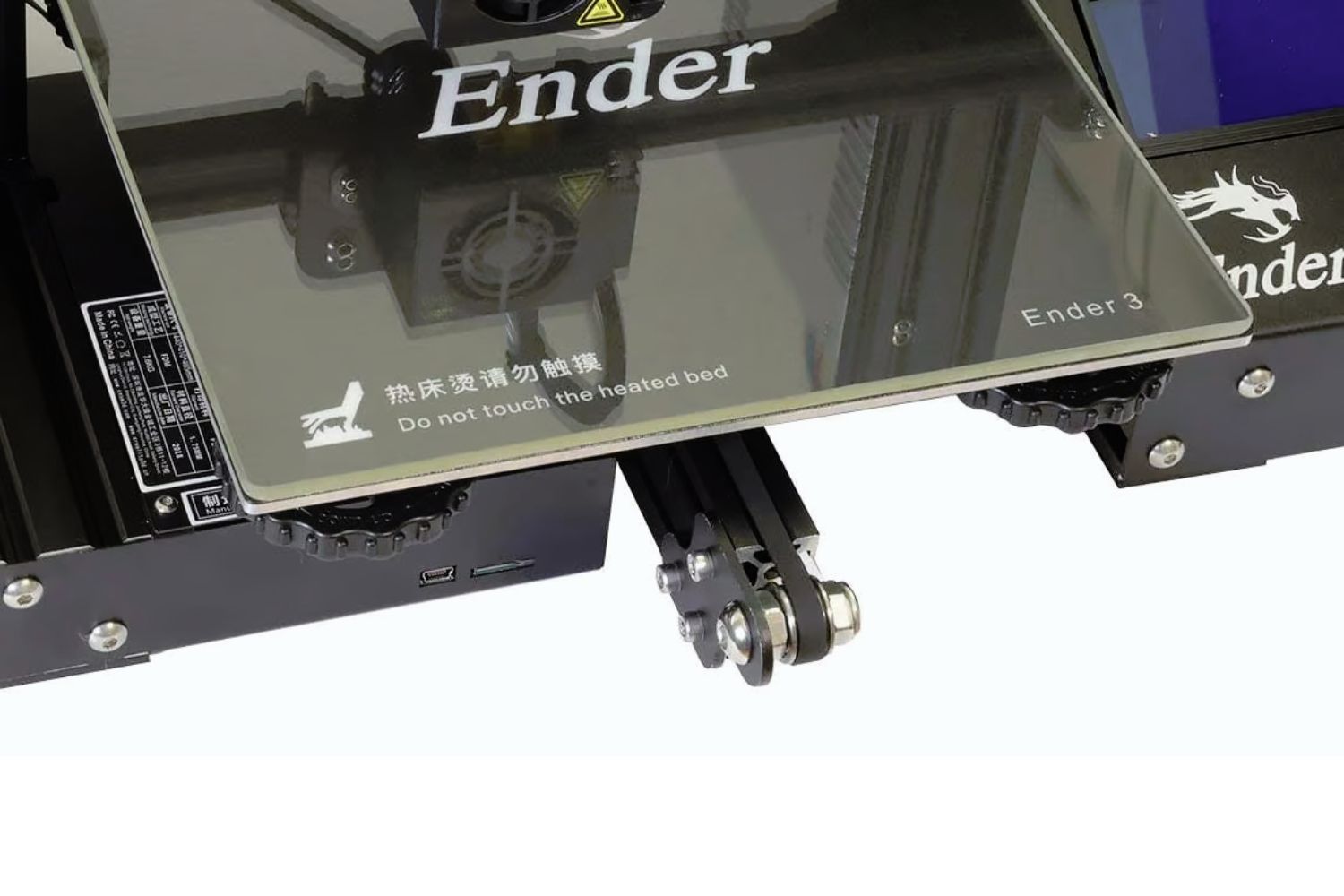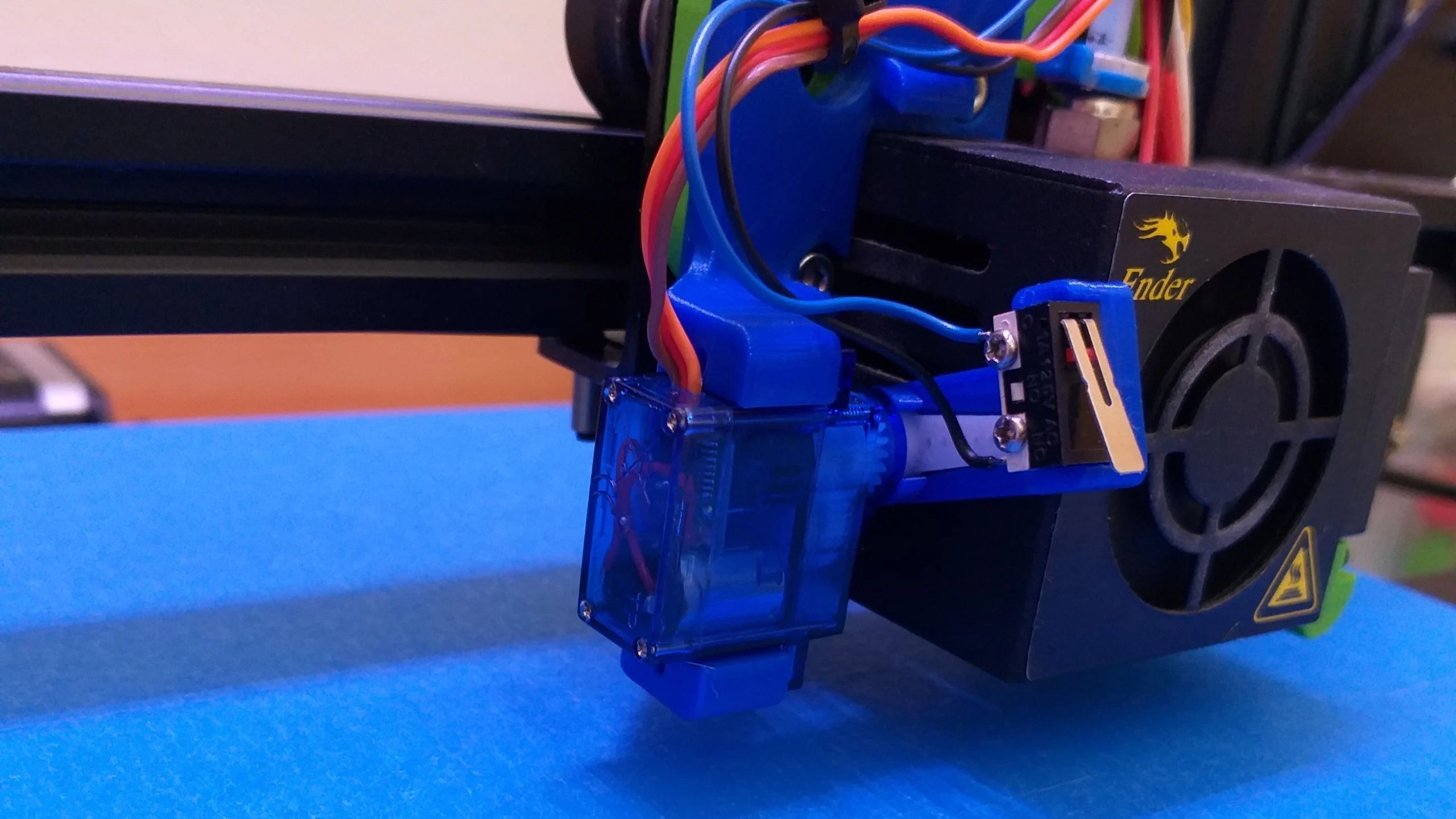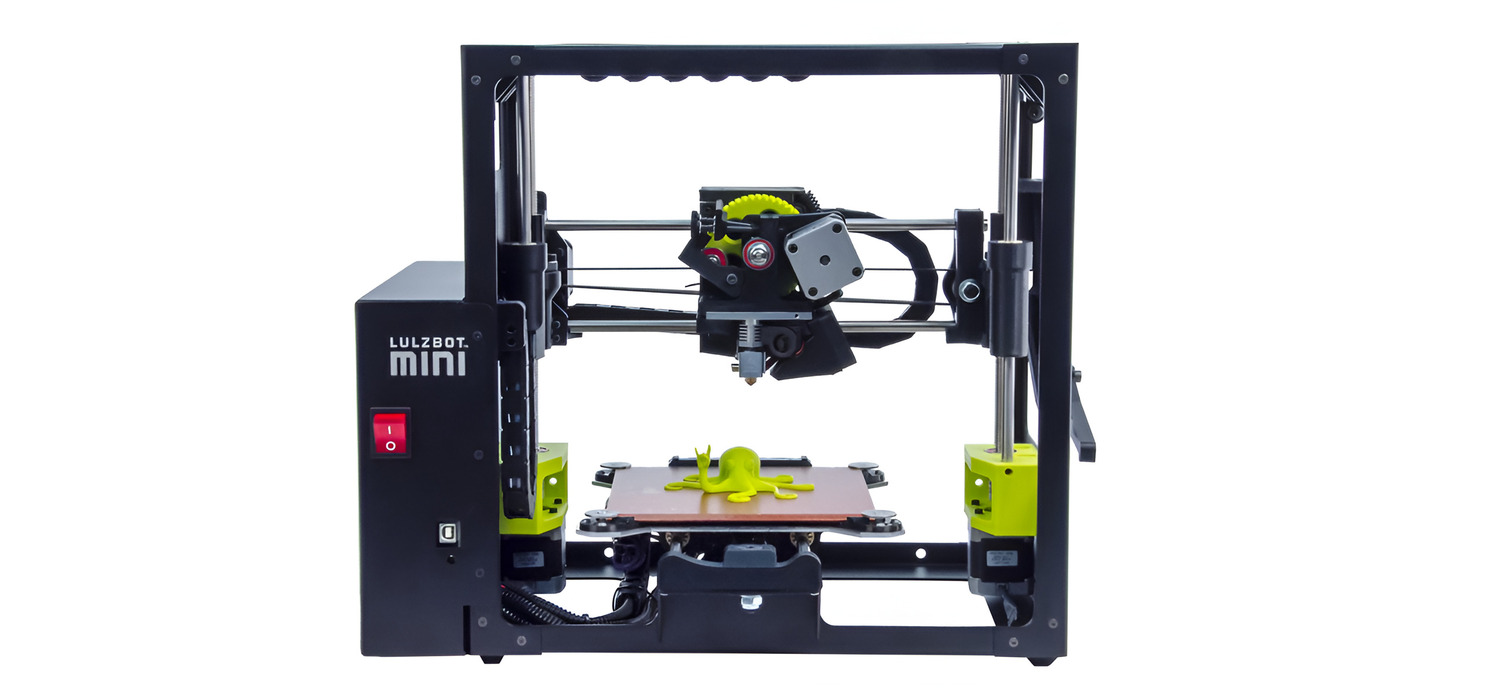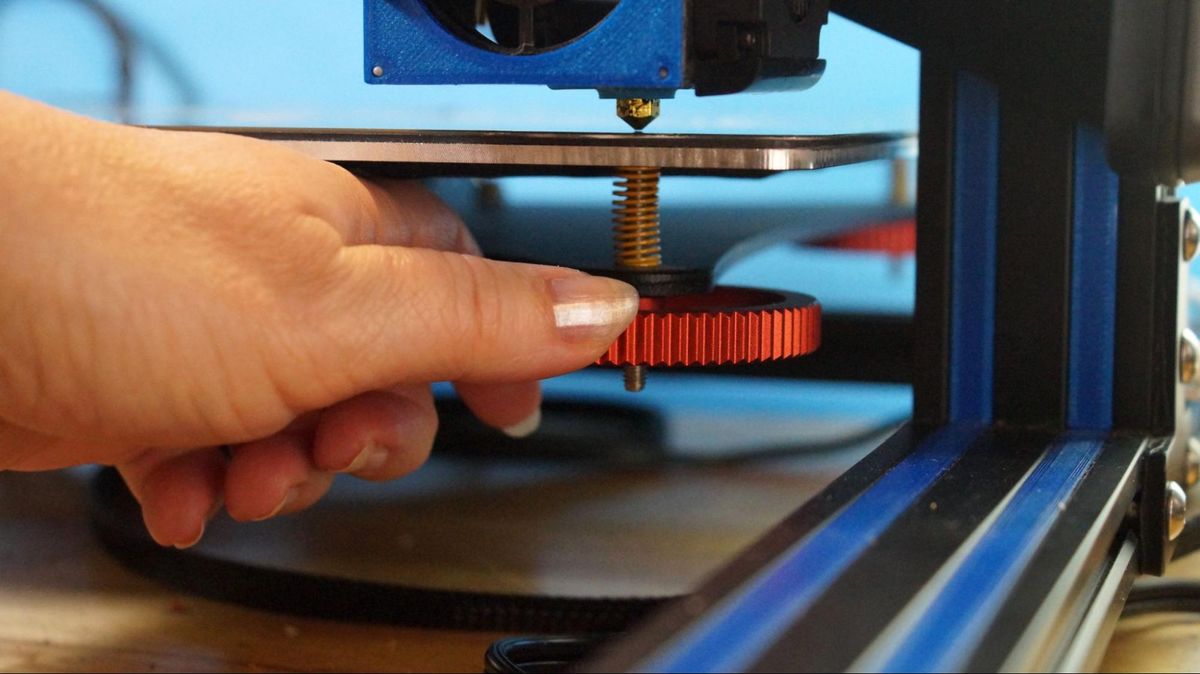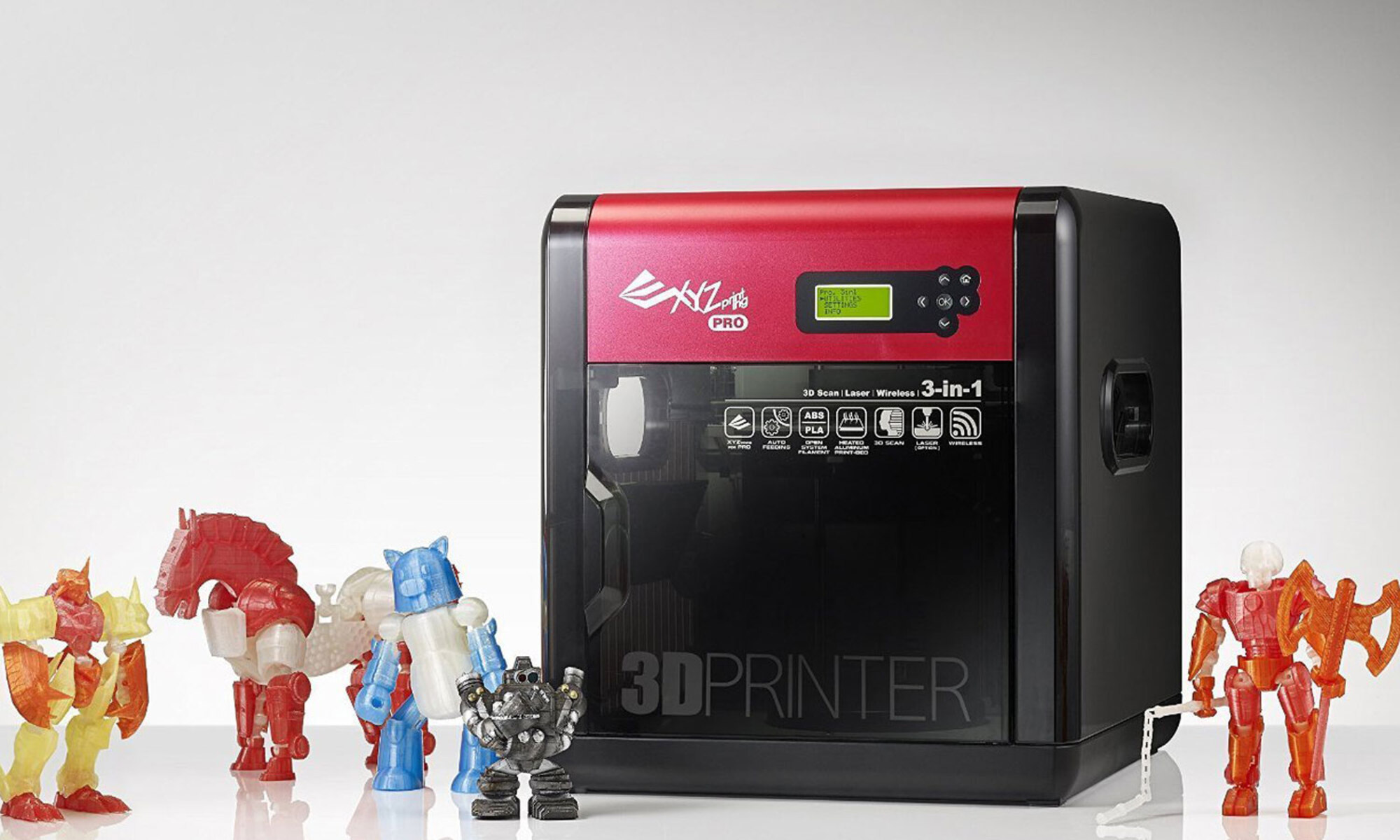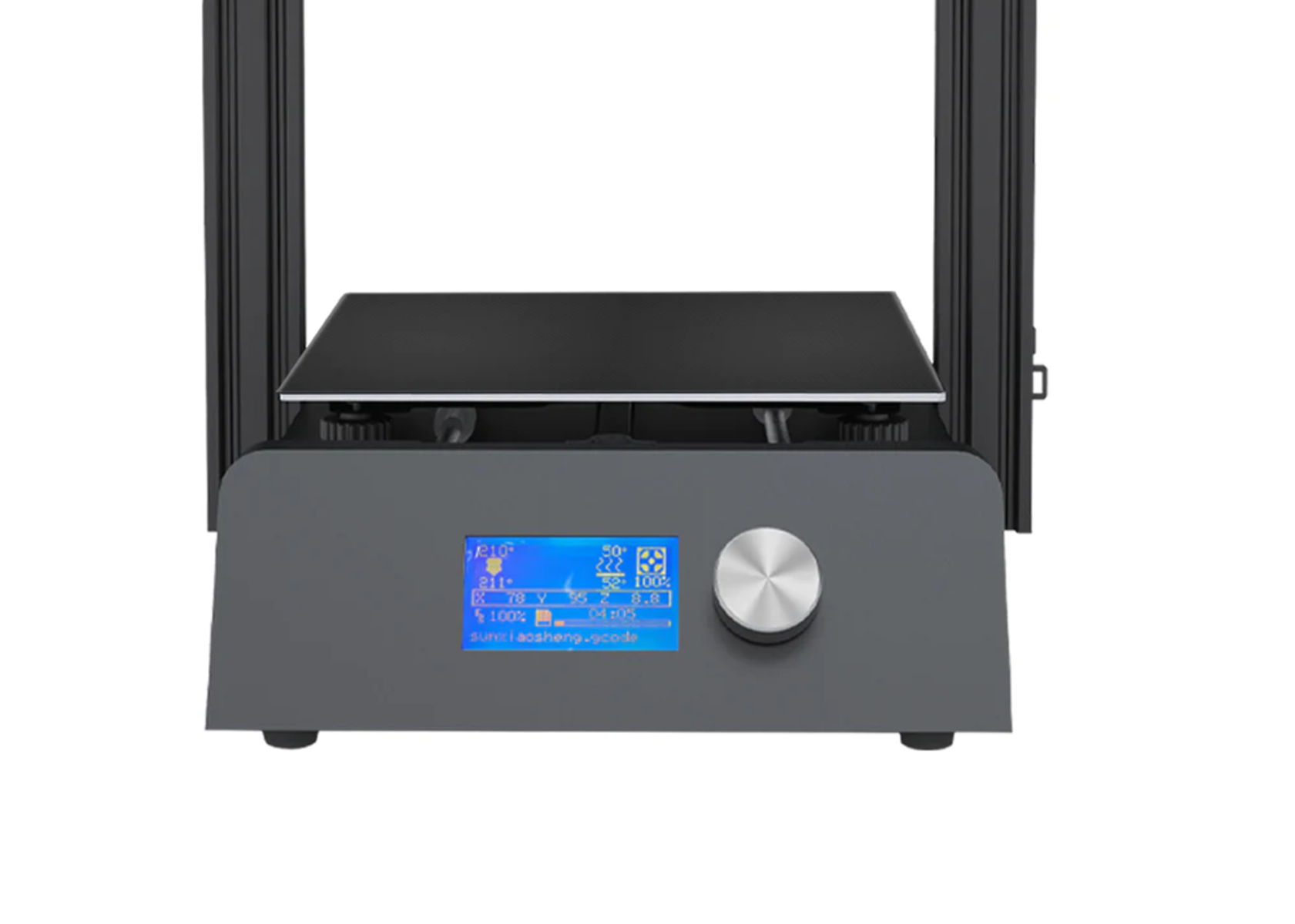Introduction
Welcome to the world of 3D printing! As you embark on your journey into this exciting technology, it’s important to understand the key components of a 3D printer and how they contribute to the final output. One essential element of any 3D printer is the print bed. In this article, we will explore the print bed of the Afina 3D printer, a popular choice among hobbyists and professionals alike.
The print bed is the surface on which your 3D model is built layer by layer. It plays a crucial role in ensuring the success of your prints, providing a stable foundation for the filament to adhere to and preventing warping or distortion. A well-designed print bed can greatly enhance the overall printing experience, resulting in accurate, high-quality prints every time.
In the case of the Afina 3D printer, it boasts a print bed that is specifically designed to optimize the printing process. With advanced features and thoughtful engineering, the Afina print bed sets itself apart from other printers on the market. In the following sections, we will delve deeper into the key features of the Afina print bed, the benefits it offers, and how you can effectively utilize it for your 3D printing projects.
Understanding the Print Bed
Before we dive into the specifics of the Afina print bed, let’s take a moment to understand its fundamental role in the 3D printing process. The print bed serves as the base on which your 3D models are created layer by layer. It provides a stable and level surface for the filament to adhere to, ensuring precise and accurate prints.
Print beds are typically made from various materials such as glass, aluminum, or specialized coatings. These materials offer different levels of heat conductivity and adhesion properties, which can affect the final print quality.
The size and dimensions of the print bed also play a crucial role in determining the maximum size of objects that can be printed. Larger print beds allow for the creation of larger models, while smaller ones are more suitable for intricate and detailed designs. It’s important to consider your specific printing needs when choosing a printer with the appropriate print bed size.
Furthermore, some print beds come with additional features such as heated beds or auto-leveling capabilities. Heated beds are used to prevent warping and promote better adhesion, especially when printing with certain materials like ABS. Auto-leveling beds, on the other hand, ensure that the bed is perfectly level regardless of any imperfections in the printer’s assembly or setup.
Understanding the nuances of the print bed is essential for achieving successful prints. Factors such as bed adhesion, leveling, and material compatibility all contribute to the overall print quality and reliability.
Key Features of the Afina Print Bed
The Afina 3D printer offers a print bed that is not only reliable but also packed with innovative features to enhance your 3D printing experience. Let’s explore some of the key features that set the Afina print bed apart:
- Sturdy Build: The Afina print bed is constructed using high-quality materials, ensuring durability and stability. This sturdy build provides a solid foundation for your 3D prints, reducing the risk of warping or shifting during the printing process.
- Heated Bed: One standout feature of the Afina print bed is its integrated heating system. The heated bed allows for better adhesion of the filament to the print surface, reducing the chances of prints detaching or warping. It is particularly beneficial when working with materials like ABS which require higher bed temperatures for optimal printing results.
- Auto-Leveling Capability: The Afina print bed is equipped with an auto-leveling function, eliminating the hassle of manual bed leveling. This feature ensures that the print bed is perfectly leveled, even if there are slight variations in the printer’s assembly or setup. With auto-leveling, you can achieve consistent and precise prints without the need to constantly adjust the bed position.
- Removable Print Surface: Another noteworthy aspect of the Afina print bed is the removable print surface. This allows for easy removal of printed objects without the risk of damaging the bed or the prints. Whether you’re working on a delicate design or need to remove a finished print with minimal effort, the removable print surface of the Afina print bed simplifies the post-printing process.
- Generous Print Bed Size: The Afina print bed offers a generous print area, allowing you to create larger models or batch print multiple smaller objects in one go. This spacious print bed provides flexibility and versatility, accommodating a wide range of 3D printing projects.
The combination of these features makes the Afina print bed a standout choice for 3D printing enthusiasts and professionals. It provides a reliable and efficient platform for your prints, ensuring consistent quality and ease of use.
Benefits of the Afina Print Bed
The Afina print bed offers several advantages that can greatly enhance your 3D printing experience. Let’s explore some of the key benefits that the Afina print bed brings to the table:
- Improved Print Quality: With its sturdy build and advanced features, the Afina print bed contributes to superior print quality. The leveled and heated bed ensures optimal adhesion, reducing the chances of warping or detached prints. This results in more accurate and consistent prints, giving your creations a professional finish.
- Convenience and Ease of Use: The auto-leveling function of the Afina print bed eliminates the need for manual bed calibration. This saves you time and effort, allowing you to focus on the creative aspects of your 3D printing projects. Additionally, the removable print surface makes it simple to remove finished prints, facilitating a seamless workflow.
- Compatibility with Various Filament Types: The heated bed of the Afina print bed enables it to work well with a wide range of filament materials. Whether you’re printing with ABS, PLA, PETG, or other popular filaments, the heated bed ensures optimal adhesion and reduces the risk of print failures, expanding your material options for experimentation and creativity.
- Versatility in Print Sizes: Thanks to its generous print bed size, the Afina print bed accommodates both larger models and multiple smaller objects. This versatility gives you the freedom to tackle a wide range of 3D printing projects, from intricate designs to larger-scale prototypes.
- Reduced Print Failure Rate: The combination of the Afina print bed’s features, like its heated surface and auto-leveling capability, significantly reduces the chances of print failures. The improved adhesion and leveled bed minimize common issues such as warping, lifting, or misaligned layers, ensuring a higher success rate for your prints.
These benefits make the Afina print bed a valuable asset for 3D printing enthusiasts and professionals. It not only enhances the quality of your prints but also simplifies the printing process, allowing you to fully explore and unleash your creativity.
How to Use the Afina Print Bed
Using the Afina print bed is straightforward and user-friendly. Here are the steps to effectively utilize the Afina print bed for your 3D printing projects:
- Preparation: Start by ensuring that the print bed is clean and free of any debris or residue. This will help promote better adhesion and prevent any potential print defects. If necessary, use isopropyl alcohol or a similar cleaning agent to wipe the surface clean.
- Leveling the Bed: While the Afina print bed comes with an auto-leveling feature, it’s still important to manually level the bed initially. Use the printer’s leveling procedure, following the instructions provided by the manufacturer. This step ensures that the print surface is perfectly level, allowing for accurate and consistent prints.
- Applying Print Surface: Some Afina printers come with a removable print surface, such as a build plate or a specialized print sticker. If applicable, attach the print surface onto the bed, ensuring it is properly aligned and secured. This surface will serve as the foundation for your prints, providing a suitable surface for filament adhesion.
- Heating the Bed: If you’re working with a filament material that requires a heated bed, set the appropriate temperature on the printer’s control panel or software. Wait for the bed to reach the desired temperature before initiating the printing process. This step ensures optimal adhesion and reduces the chances of warping or detached prints.
- Printing: Load your 3D model onto the printer’s software and adjust the necessary printing settings, such as layer height and print speed. Ensure that the filament is properly loaded and ready for printing. Start the printing process and monitor the progress to ensure everything is running smoothly.
- Post-Printing: Once the print is completed, allow the model and print bed to cool down for a few minutes. If you’re using a removable print surface, carefully remove the finished print from the bed. If necessary, use a spatula or similar tool to gently pry the print off the surface, taking care not to damage either the print or the bed.
By following these steps, you can effectively utilize the Afina print bed and achieve optimal print results. It’s important to familiarize yourself with your specific printer model’s instructions and recommendations to ensure the best possible outcome for your 3D prints.
Troubleshooting Common Print Bed Issues
While the Afina print bed is designed to provide a reliable printing experience, occasional issues may still arise. Here, we will discuss some common print bed issues that you may encounter and how to troubleshoot them:
- Warping: Warping occurs when the printed object lifts or bends at the corners or edges. To minimize warping, ensure proper bed leveling and adhesion. Additionally, consider using a heated bed and/or applying a thin layer of adhesive like glue stick or specialized print surfaces.
- Poor Adhesion: If your prints are not sticking well to the bed, check the cleanliness of the print surface. Remove any debris or residue and ensure that the bed is properly leveled. Adjusting the print bed temperature or using adhesive aids like hairspray or a PEI sheet can also improve adhesion.
- Uneven Layer Height: Inconsistent layer height can be caused by an uneven print bed. Double-check the bed leveling and make adjustments as needed. If the issue persists, check for any loose or worn parts in the printer mechanisms that may be causing irregular movement during the printing process.
- Printing Too Close/Far from the Bed: If your prints are either too close to the bed (squished) or too far from the bed (not adhering), adjust the bed leveling accordingly. Make small adjustments until you find the optimal distance between the nozzle and the print bed. This will ensure proper filament deposition during printing.
- Under/Over-Extrusion: Under-extrusion occurs when there is not enough filament being extruded, resulting in gaps or weak prints. Over-extrusion, on the other hand, leads to excessive filament being laid down, causing blobs or uneven patterns. Troubleshoot these issues by calibrating your printer’s extrusion settings, checking for filament clogs, and ensuring proper filament diameter settings.
- Print Sticking Too Well: Occasionally, prints may adhere to the bed so well that they are difficult to remove without damaging the print or the bed surface. In such cases, allow the print and bed to cool down completely. Then, carefully use a spatula or putty knife with gentle force to loosen the print from the bed, working gradually around the edges until it comes free.
Remember, troubleshooting print bed issues can involve a bit of trial and error. Therefore, it’s important to make adjustments gradually and test each change before making additional modifications. Consulting the printer’s user manual or online forums can also provide valuable insights and solutions to specific issues related to your Afina print bed.
Conclusion
The print bed is a crucial component of any 3D printer, and the Afina print bed stands out with its innovative features and reliable performance. With its sturdy build, heated surface, auto-leveling capability, and removable print surface, the Afina print bed offers a range of benefits that enhance the 3D printing process.
By understanding how to effectively use the Afina print bed, you can ensure optimal print results and minimize common issues. Preparing the bed, leveling it properly, and utilizing the heating feature are essential steps to achieving accurate and high-quality prints. Additionally, troubleshooting common print bed issues such as warping, poor adhesion, and uneven layer height requires attention to detail and adjustments based on the specific problem.
Overall, the Afina print bed provides a reliable and user-friendly platform for your 3D printing projects. Its advanced features and robust design contribute to improved print quality, convenience, and versatility. Whether you’re an enthusiast, hobbyist, or professional, the Afina print bed offers a reliable foundation for bringing your creative ideas to life.
So, delve into the world of 3D printing with confidence, knowing that a reliable and efficient print bed like the Afina will support your journey towards creating unique, intricate, and innovative designs.







